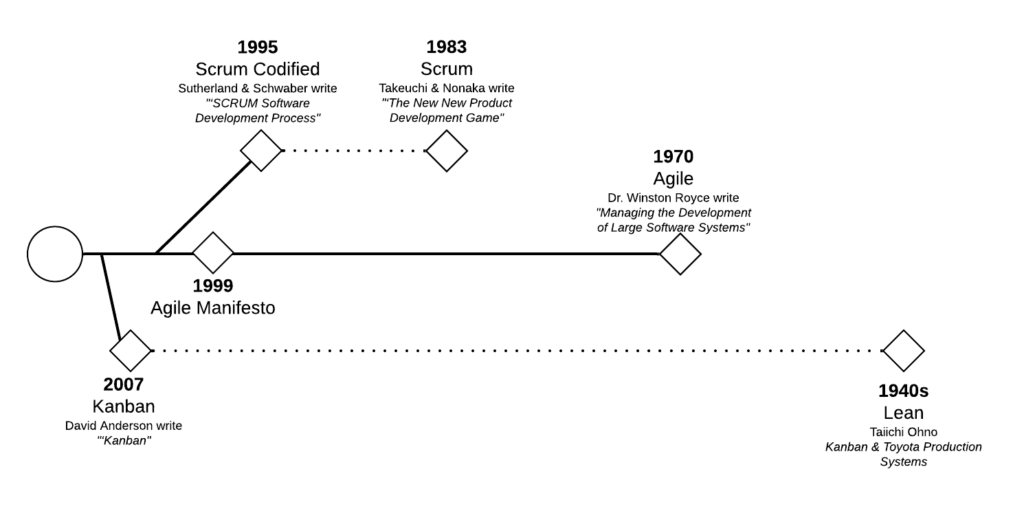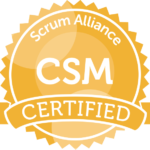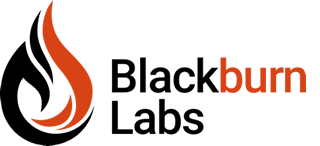Bringing Scrum & Data Science Together
Scrum has been a mainstay within software development for the last two decades when it was originally codified. Largely considered a type of agile, which was coined in the 70s, most modern software projects depend on this interactive and collaborative model for building stable, scalable, and innovative software.
So prevalent is Scrum these days, even non-software projects have started following the scrum methodology. We’ve seen Scrum used for everything from event planning to process improvement projects. At Blackburn Labs, we find that Data Science and Scrum complement each other extremely well. It’s a natural fit. This is why our principle Data Scientist, Julie Blackburn, is a Certified Scrum Master (CSM) herself. With this, we can bring the beautiful melding of Data Science and the Scrum methodology together for our customers to deliver nothing but the best Data Science experience.

The Scrum framework allows for the Data Scientist to present incremental findings to the Product Owner and can glean new questions for hypothesis testing and insights.
Julie Blackburn
Founder & CEO, SpoonieDay.com

Outlining a plan and priorities before each sprint helps a data scientist start with the end in mind. This helps mitigate a common pitfall with data scientists – falling down a rabbit hole chasing an ambiguous problem statement. It also gives the project stakeholder visibility to progress, and potentially adjust the plan as the discovery process unfolds. If you’d like to know more about how Scrum can be used within you Data Science project, or within your Data Visualization or BI project, Schedule a time with us that works for you!

Data Science is often an iterative process, with potential data issues looking to turn your unsuspecting ankles in a sprint. However, this is an opportunity to focus on tasks when focusing on a larger milestone. These can be very tangible; such as “train a baseline model”, “Evaluate schema and nulls of data set”, or “architect skeleton prototype for time series regression model”. These don’t have to include results parameters yet, it’s the process towards getting to genuine evidence-based results.
Julie N. Blackburn
Data Scientist, CSM
